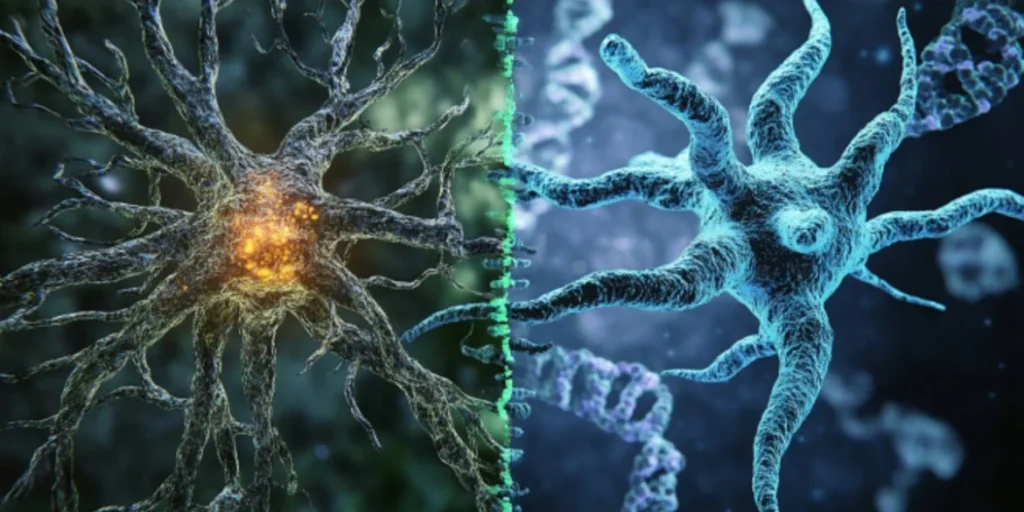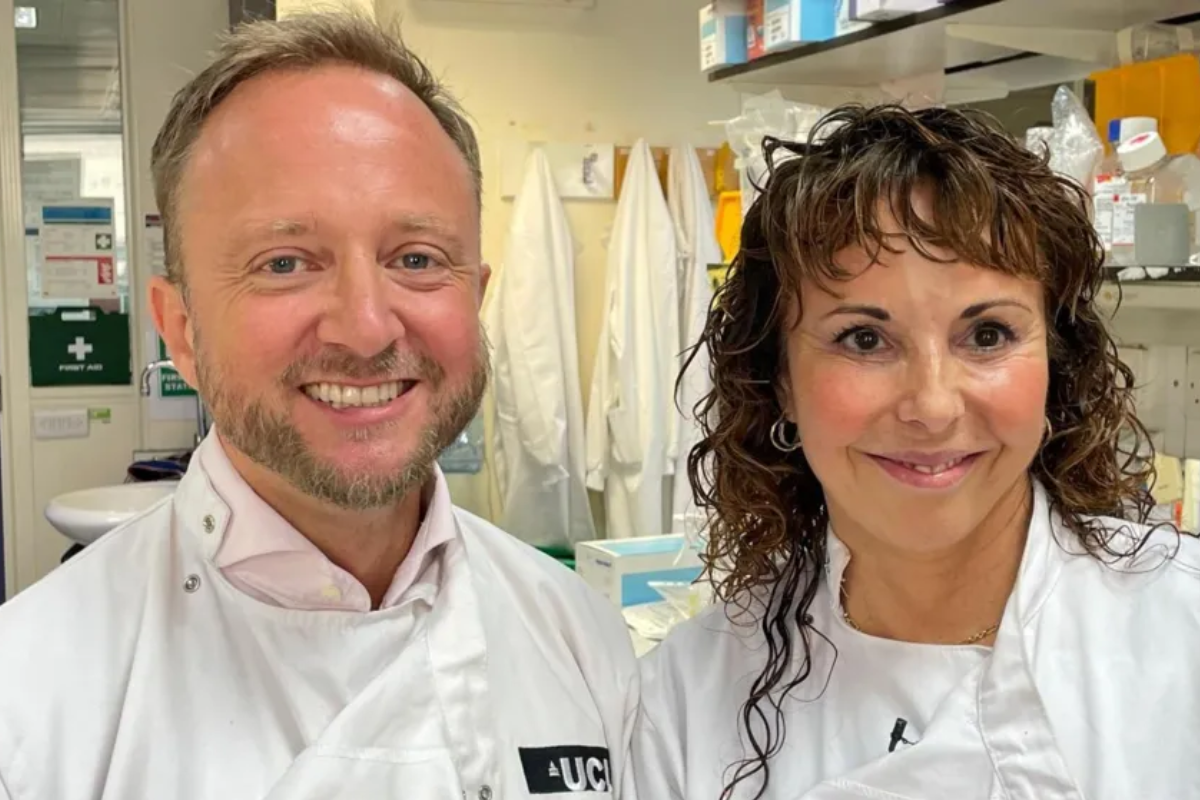Huntington disease, a devastating neurodegenerative disorder, has long been considered incurable. However, a groundbreaking treatment has now successfully addressed the disease for the first time, offering hope to patients, families, and the medical community. In this comprehensive guide, we explore the causes, symptoms, genetics, treatment breakthroughs, and what this means for the future of Huntington’s disease care.
Understanding Huntington’s Disease

Table of Contents
What Is Huntington’s Disease?
Huntington disease (HD) is a hereditary neurological disorder that causes the progressive breakdown of nerve cells in the brain. It affects movement, cognitive function, and mental health, typically manifesting in adulthood, though juvenile forms exist. The condition is caused by a genetic mutation in the HTT gene, leading to abnormal protein production and neuronal damage.
What Is the Main Cause of Huntington’s Disease?
The primary cause of Huntington disease is a mutation in the huntingtin (HTT) gene on chromosome 4. This mutation involves an abnormal expansion of CAG repeats, producing a defective protein that gradually damages brain cells. The more repeats present, the earlier the disease may appear.
Huntington Disease Genetics
Huntington disease follows an autosomal dominant inheritance pattern, meaning that a child has a 50% chance of inheriting the disease if one parent carries the mutated gene. Genetic testing can confirm the presence of the mutation, allowing at-risk individuals and families to make informed decisions about their health and future planning.
Symptoms and Diagnosis
What Are Three Symptoms of Huntington’s Disease?
Huntington disease presents with a variety of symptoms that worsen over time:
- Motor Symptoms: Involuntary movements (chorea), muscle rigidity, and impaired coordination.
- Cognitive Decline: Memory loss, difficulty focusing, and impaired decision-making.
- Psychiatric Symptoms: Depression, irritability, anxiety, and emotional instability.
What Is the First Sign of Huntington’s Disease?
Early signs often include subtle changes in coordination, minor involuntary movements, and mood changes. These initial symptoms are frequently overlooked but are critical for early diagnosis.
Huntington Disease Life Expectancy
After symptom onset, individuals with Huntington disease typically live 15–20 years, though life expectancy varies based on disease severity, age at onset, and overall health. Supportive care can improve quality of life and slow disease progression.
The Groundbreaking Treatment
Huntington’s Disease Successfully Treated for First Time
Recently, researchers have successfully treated Huntington disease using gene therapy. The therapy, called AMT-130, involves delivering a modified virus to target the defective HTT gene, reducing harmful protein production in the brain. Early clinical trials have shown promising results, marking a historic milestone in neurodegenerative disease treatment.
AMT-130 Gene Therapy Explained
- Mechanism of Action: AMT-130 delivers a small RNA molecule that silences the defective HTT gene, reducing toxic protein accumulation.
- Delivery Method: The therapy is injected directly into the brain, ensuring targeted and effective treatment.
- Patient Outcomes: Initial results indicate reduced neurological symptoms and improved motor function without major adverse effects.
What Does Huntington’s Disease Do?
Huntington disease progressively damages the brain’s basal ganglia and cortex, leading to uncontrolled movements, cognitive decline, and psychiatric disturbances. The disease affects daily functioning and independence, posing significant challenges for patients and caregivers.
Implications for Patients and Families
Is Huntington’s Disease Fatal?
Yes, Huntington disease is progressive and fatal, typically due to complications such as infections, pneumonia, or heart failure. However, emerging treatments like AMT-130 provide hope for slowing or potentially reversing disease progression.
How Common Is Huntington’s Disease?
Huntington disease affects approximately 3–7 per 100,000 people in Western countries, making it a rare condition. Prevalence varies globally, with higher rates in Europe and North America and lower rates in Asia and Africa.
Is Huntington’s Disease Dominant?
Huntington disease is autosomal dominant, meaning only one copy of the mutated gene is needed for an individual to develop the condition. Each child of an affected parent has a 50% chance of inheriting the mutation.
Future Outlook
What Does This Breakthrough Mean for the Future?
The successful gene therapy marks a turning point in Huntington disease treatment. If approved for widespread use, it could:
- Reduce the burden of symptoms for patients.
- Delay or prevent disease progression in at-risk individuals.
- Inspire similar breakthroughs for other neurodegenerative diseases.
Next Steps for Regulatory Approval
AMT-130 is currently undergoing clinical trials and regulatory review. Approval by agencies like the FDA and EMA could make this therapy widely available, offering hope to families affected by Huntington disease worldwide.
Frequently Asked Questions (FAQ)
Q: What is the first sign of Huntington’s disease?
A: Early signs include subtle involuntary movements, coordination difficulties, and mood changes.
Q: Is Huntington’s disease fatal?
A: Yes, Huntington disease is progressive and fatal, though treatments may improve quality of life.
Q: How common is Huntington’s disease?
A: Approximately 3–7 per 100,000 people are affected, with higher prevalence in Western countries.
Q: Is Huntington’s disease dominant?
A: Yes, it follows an autosomal dominant inheritance pattern.
Q: What does Huntington’s disease do?
A: It progressively damages the brain, affecting movement, cognition, and mental health.
- Healthguiders Support – Access guidance and support for families affected by Huntington disease.

